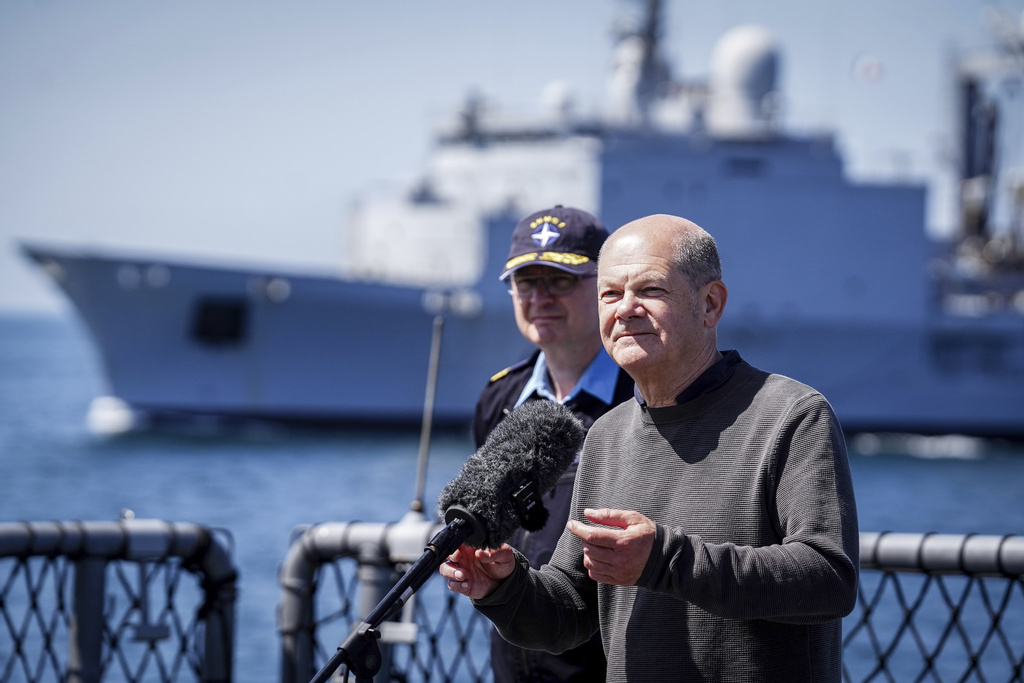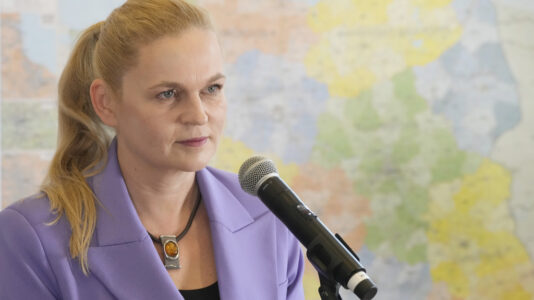Germany’s military leaders have set their sights on expanding their influence over Baltic Sea operations, with ambitions to not only take responsibility for NATO’s eastern flank but also to command all allied naval forces in the region. This significant revelation came from Vice Admiral Jan Christian Kaack, the commander of the German Navy.
Recent reports have focused on Germany’s economic struggles and difficulties in adequately funding its own defense and supporting Ukraine militarily. Yet despite these challenges, German officials remain confident in their nation’s role as a European leader.
The first indications of Germany’s military ambitions in Eastern Europe surfaced in April when General Carsten Breuer, head of the Bundeswehr, met with General Wiesław Kukuła, Chief of the Polish General Staff. While the Polish side highlighted discussions on strengthening NATO’s eastern defenses, the German Bundeswehr took it a step further, announcing that Germany would take responsibility for the region.
This declaration sparked concern in Poland, with political figures questioning how a country facing difficulties in maintaining its own military could suddenly assume responsibility for Poland, a nation that has been heavily investing in its defense for the past two years. While the issue briefly subsided, it resurfaced when Vice Admiral Jan Christian Kaack made new statements about Germany’s intentions.
During a recent visit to the Far East by two German Navy ships, tasked with a symbolic crossing of the Taiwan Strait in support of allied efforts against China’s aggressive posturing, Kaack spoke to The Japan Times. In the interview published on Tuesday, the vice admiral detailed the global challenges facing Germany but also disclosed plans for the Baltic Sea region. He proudly emphasized Germany’s substantial naval presence in the Baltic and its “exceptional regional experience and extensive reconnaissance capabilities covering the entire area above and below the water.”
“We are prepared to take on greater responsibility and have signaled to NATO our readiness to assume regional command and control in the Baltic Sea. We provide the necessary command and control structure through our regional headquarters in Rostock, which operates as our international naval command center,” Vice Admiral Kaack revealed.
While the specifics of how this oversight would work remain unclear, the German Navy currently consists of over 16,000 personnel and, as of 2015, included 11 frigates, 5 corvettes, 6 submarines, 12 mine-hunters and destroyers, 11 supply ships, and 3 reconnaissance vessels.






